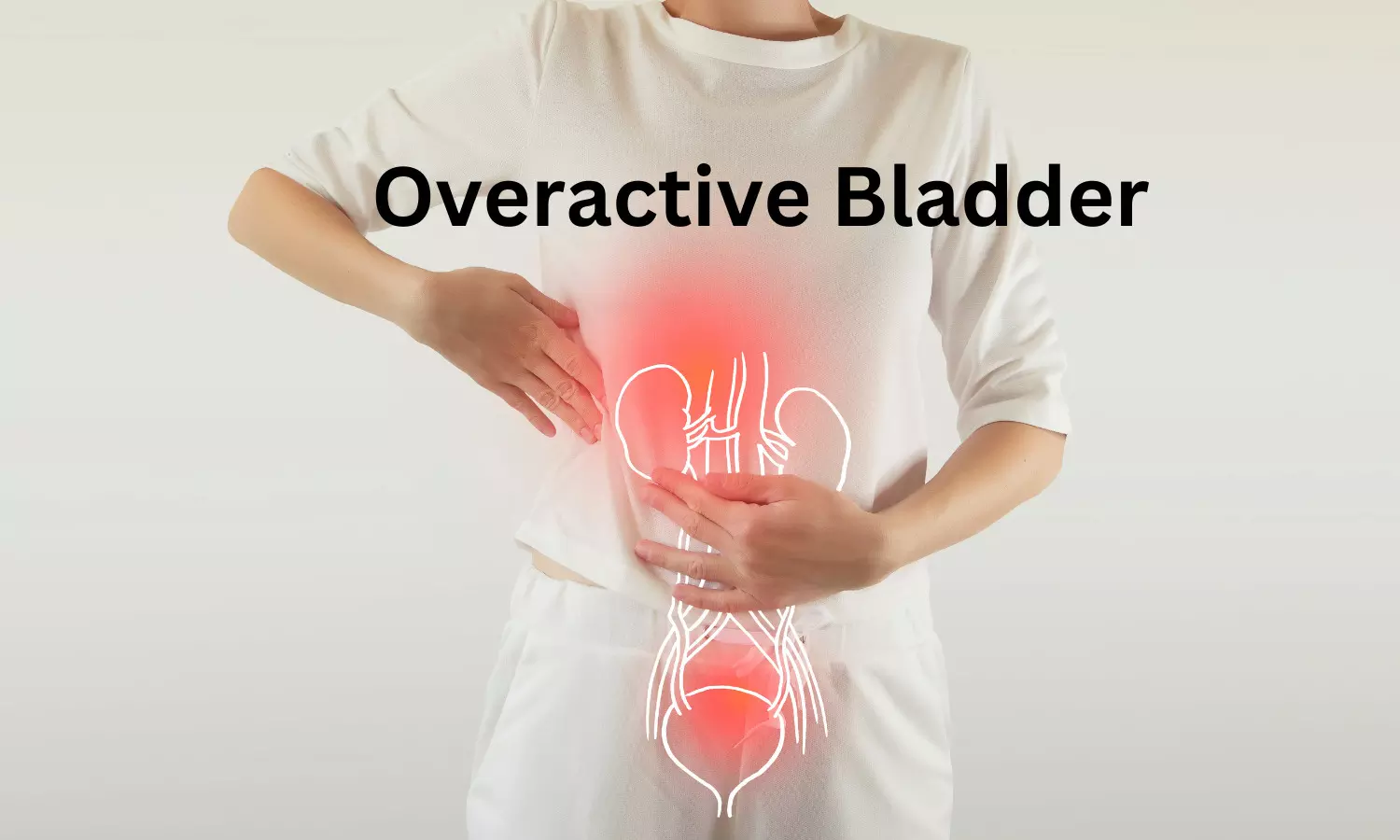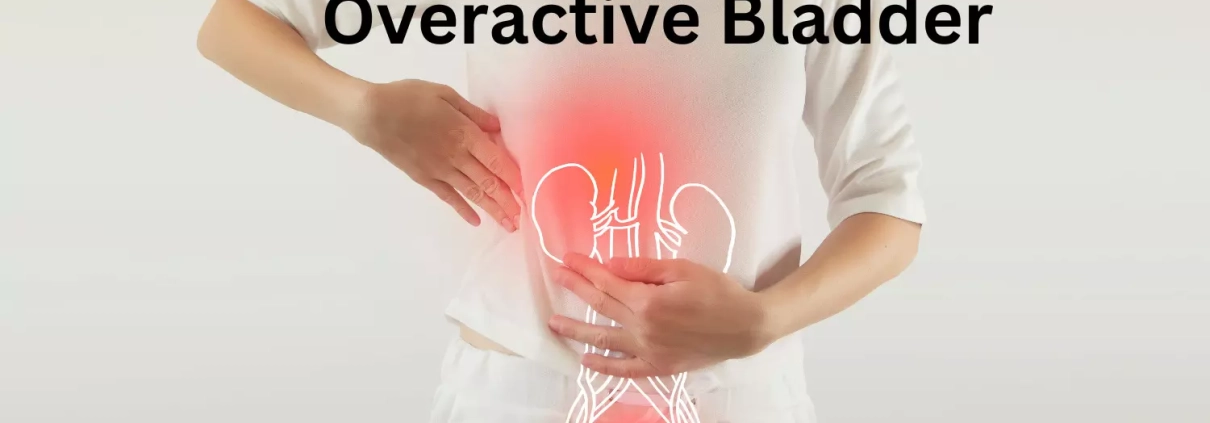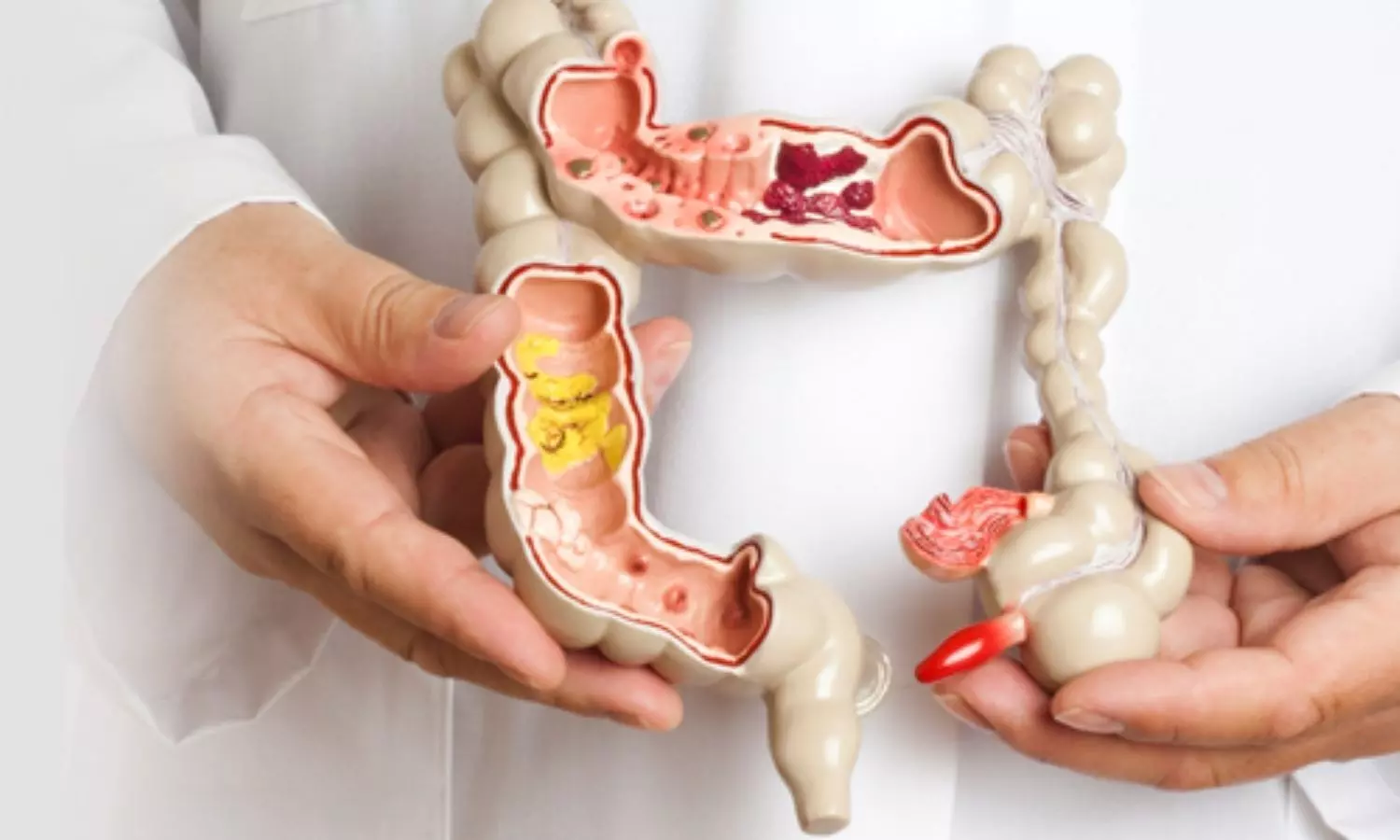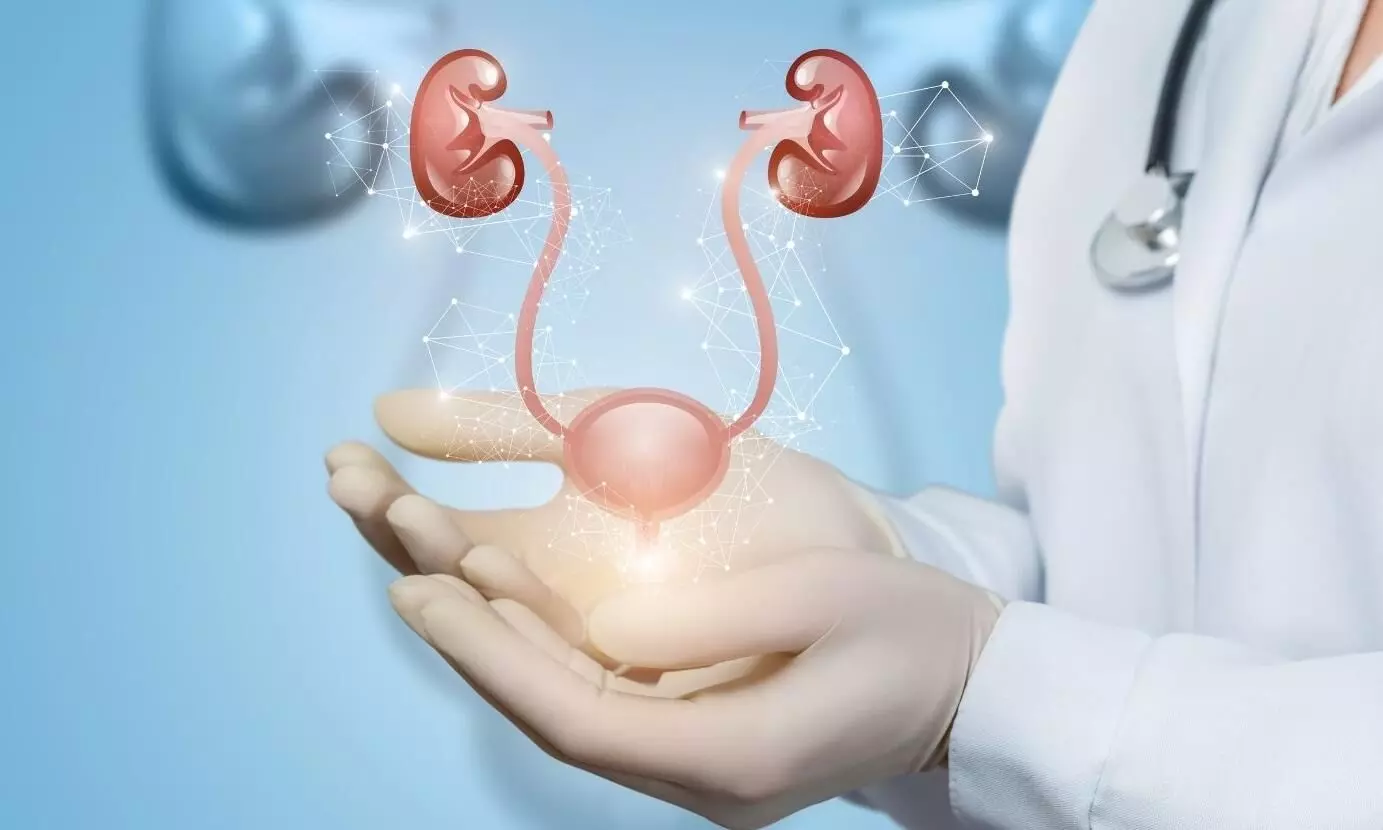Which are effective treatments for Reducing Nocturia among Women with Overactive Bladder?

In
a recent study, researchers have shed light on the efficacy of various
treatments for a common symptom of overactive bladder (OAB) known as nocturia.
The secondary analysis study found that for women with nocturia of at least 2 voids per night, treatment with anticholinergic
medication, onabotulinum
toxin A (BTX)
(either 100 or 200 units), or sacral neuromodulation (SNM) resulted in a
significant decrease in the number of voids per night at the 6-month follow-up.
The study results were published in the journal
Urogynecology.
Nocturia,
characterized by waking up multiple times during the night to urinate, can
significantly impact the quality of life of those affected. The prevalence of nocturia among
individuals with overactive bladder underscores its significance as a
distressing symptom, yet there remains a notable gap in our understanding of
how various treatments for overactive bladder affect this nocturnal urgency.
The study, conducted by analyzing data from the ABC and ROSETTA trials,
aimed to compare the effectiveness of anticholinergic medication, onabotulinum
toxin A (BTX), and sacral neuromodulation (SNM) in reducing nocturia.
A
team of researchers from MedStar
Washington Hospital Center, Washington D.C., by utilizing the
National Institutes of Health Data and Specimen Hub database, conducted a study
that included 197 female patients who reported a mean of at least 2 voids per
night on a 3-day diary. These patients were divided into cohorts based on the
treatment they received: anticholinergic medication, BTX 100 units, BTX 200
units, or SNM. The main outcome was to measure the change in mean voids/night on 3-day diary from baseline to
6 months.
Findings:
-
One
of the key findings of the study was that all treatment cohorts demonstrated a
significant reduction in the mean number of voids per night at the 6-month
mark. -
This
reduction was a substantial 41% in mean voids per night, marking a significant
improvement in the nocturia symptoms experienced by the participants. -
Importantly,
this improvement was observed across all treatment modalities.
Prior
to treatment initiation, there were no significant differences noted among the
cohorts in terms of the number of voids per night, demographic factors, or
urodynamic values.-
However,
after 6 months of treatment, the results showed consistent and substantial
improvements across the board, regardless of the treatment method utilized.
Notably,
the study found no significant differences in the effectiveness of the various
treatments in reducing nocturia. Whether patients received anticholinergic
medication, BTX (either 100 or 200 units), or SNM, the reduction in the mean
number of voids per night was comparable across all groups. This suggests that
multiple treatment options are equally effective in addressing the bothersome
symptoms of nocturia in women with OAB.
Further reading: Comparing Impact of Overactive Bladder Therapies on Nocturia. DOI: 10.1097/SPV.0000000000001465





